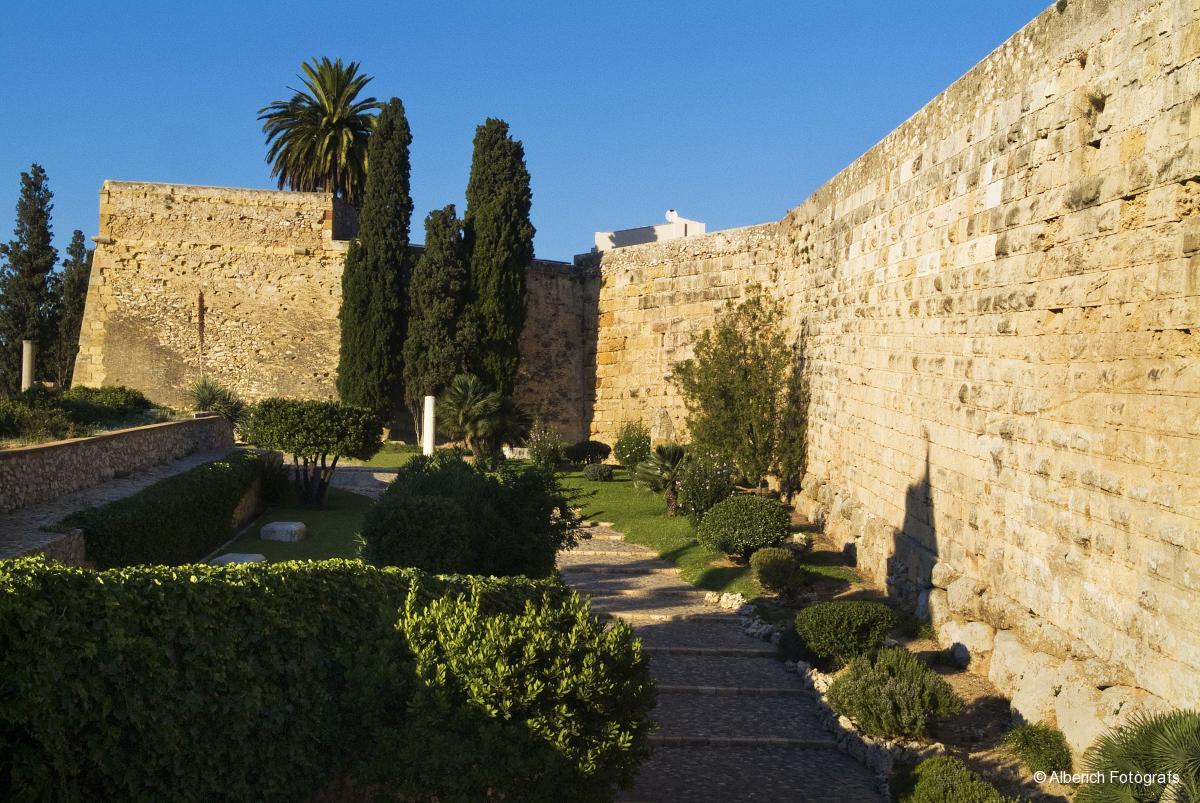Roman route in Tarragona
Tarragona’s Roman route is a spectacular historical trip both for learning the history of the province capital and for discovering many corners of the Costa Daurada. Because many centuries ago, the Romans took advantage of the pleasant weather and nature of the south of Catalonia.
Immerse yourself down a journey full of curiosities, knowledge, and history. With the Roman route of Tarragona you’ll relive hard to imagine moments from when the Costa Daurada had a peak commercial and strategic value.
¿What is the Roman route of Tarragona?
Tarraco, what Tarragona was known as in ancient Roman times, was founded on 218 b.C. The small military encampment by the coast of the Mediterranean Sea kept growing until it became an amazing metropolis and a key pillar of the Roman Empire in the Iberian peninsula.
It was in the 2nd century II a.d. when Tarraco was at its growth peak. And though now we can only count with a set of ruins and remains scattered through the city’s urban landscape, Tarragona’s archeological ensemble of Roman remains is one of Unesco’s World Heritage Sites since the year 2000.

Nowadays all the remaining Roman ruins in Tarragona are preserved and maintained with the utmost care. We can still relive moments and stories exploring the stones of the wall perimetre, inside the amphitheatre, or having a coffee by the remains of the provincial forum.
¿What can you see in Tarragona’s Roman route?
Most of the milestones or places to visit in the Roman route of Tarragona are found at the capital, though there are some historical areas worth checking out away from the city.
The archaeological track stretches throughout the entire wall precinct of the oldest area in Tarragona. Up to 3.500 metres of wall used to protect the city back then, and from which nowadays we have preserved only 1.100 metres.
The Roman Circus in Tarragona is one of the better preserved in the entire world. With a guided tour, you can explore its interiors and experience its history. It was built on the 1st century a.d and had capacity for up to 30.000 spectators.

And a Roman city can’t be called as such without an amphitheatre. The Roman amphitheatre in Tarragona is a must in the Roman route of the Costa Daurada. It’s right next to the Mediterranean Sea, which allows for spectacular panoramic views. Its capacity was for up to 15.000 people.
To get into more details about what Roman life was like in Tarragona, the National Archaeological Museum of Tarragona will answer all your questions. Sculpture, pottery, mosaics and many more daily life items will tell you all about what Romans did, how they lived, and how they amused themselves. The Medusa mosaic is worth noting, iconic and of worldwide reknown.
Not far from the city you can find the Roman aqueduct. Commonly called Pont del Diable (Devil’s Bridge), more that 200 metres of length are preserved and in quite a good state. Its visit is an encouragement to go on a small hike to discover the natural side of the Tarragonés capital.
Other worthwhile places to visit are the Paleochristian Necropolis, Scipio Tower, Mèdol Quarry, Els Munts Villa, and the Berà Arc.